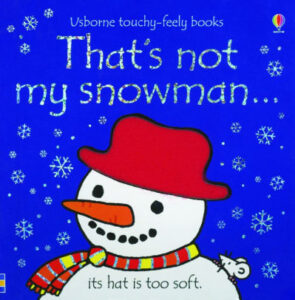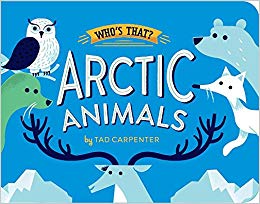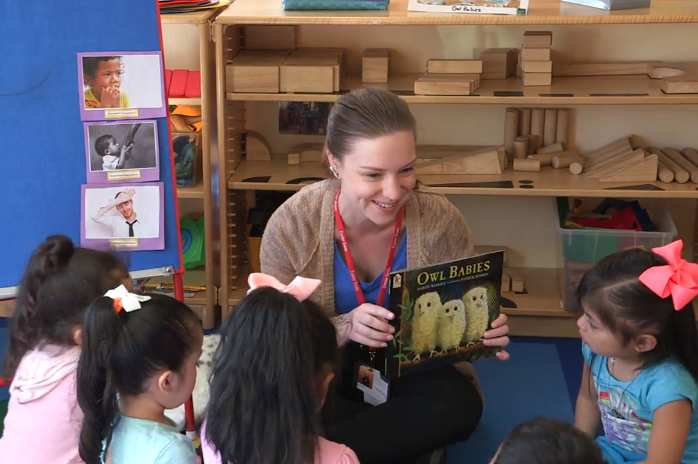Snowflakes, snowmen, scarves, and sledding – It’s such a fun season for teaching little ones! Call me crazy, but I always come into January feeling refreshed and excited to start the new year with my children. Over the break my lesson plans were put on the back burner, and the first couple weeks I was always frantically writing up my focus books and activities for the week. Whether you are an overachiever or a procrastinator (like myself), you are in the right place. Why? We’ve made it easy to get caught up by picking out some of our favorite Winter themed story books just for you!
Our guides provide detailed plans to help you tune-in, introduce the book, promote vocabulary, and summarize the book. Cox Campus utilizes brain science and calls this practice, the “TIPS strategy.” Each of our TIPS guides includes songs, fingerplays, focus vocabulary, and example extension activities that expand throughout your day to build comprehension and vocabulary.
 |
 |
| 1: That’s Not My Snowman, by Usborne.
Tune in and engage your children with the song, “5 little snowmen.” “5 little snowmen, riding on a sled, One fell off and bumped his head, I called Frosty and Frosty said, “No more snowmen, riding on a sled!” Four little snowmen….. Three little snowmen….. Two little snowmen….. One little snowman….. |
2: Just a Snowman, by Mercer Mayer.Introduce the book by saying something like… “The name of our book is Just a Snowman. See on the cover that Little Critter and his sister are playing in the snow – and they have built a snowman! I wonder what other fun things Little Critter did in the snow? Let’s read and find out what sorts of things he did in the snow.” |
 |
 |
| #3: Winter Snow, by Liesbet Slegers.
Promote vocabulary by pairing unfamiliar or sophisticated words with child friendly definitions, and using the PAT strategy (point, act, and tell) throughout the story read! Here are a few focus vocabulary words from the book for an infant and young toddler classroom: warm, cold, create, freezing, bare, branches, winter. |
#4: Who’s That: Arctic Animals, by Tad Carpenter.
Summarize the book by stating the purpose of the read. “We just read about lots of different Arctic animals.” “Let’s look back at the Arctic animals we learned about.” Encourage children to point to pictures that show meaning of key words or, if they are talking, to use key vocabulary to name pictures. |
 |
 |
| #5: Baby Animals in the Snow, by Kingfisher.
Extend the book through conversations and activities throughout the day. Allow your toddlers to play in water table with ice and water. Place some toy animals in your water table that are found in the book (penguin, seal, polar bear). |
#6: The Snowy Day, by Ezra Jack Keats
Promote vocabulary by incorporating your focus vocabulary throughout the day: melt, disappointed, adventurous, excited. You have to love stories that allow you to play with mittens! |
Want to learn more about how to have the best story reads with infants and toddlers? Check out the Cox Campus course Read with Me, to learn how to incorporate the TIPS strategy when reading books with children and to make every story a language-building experience.
Recommended Resources in the Cox Campus Library:




Can you add Lesson Plans that align with the GELS standards